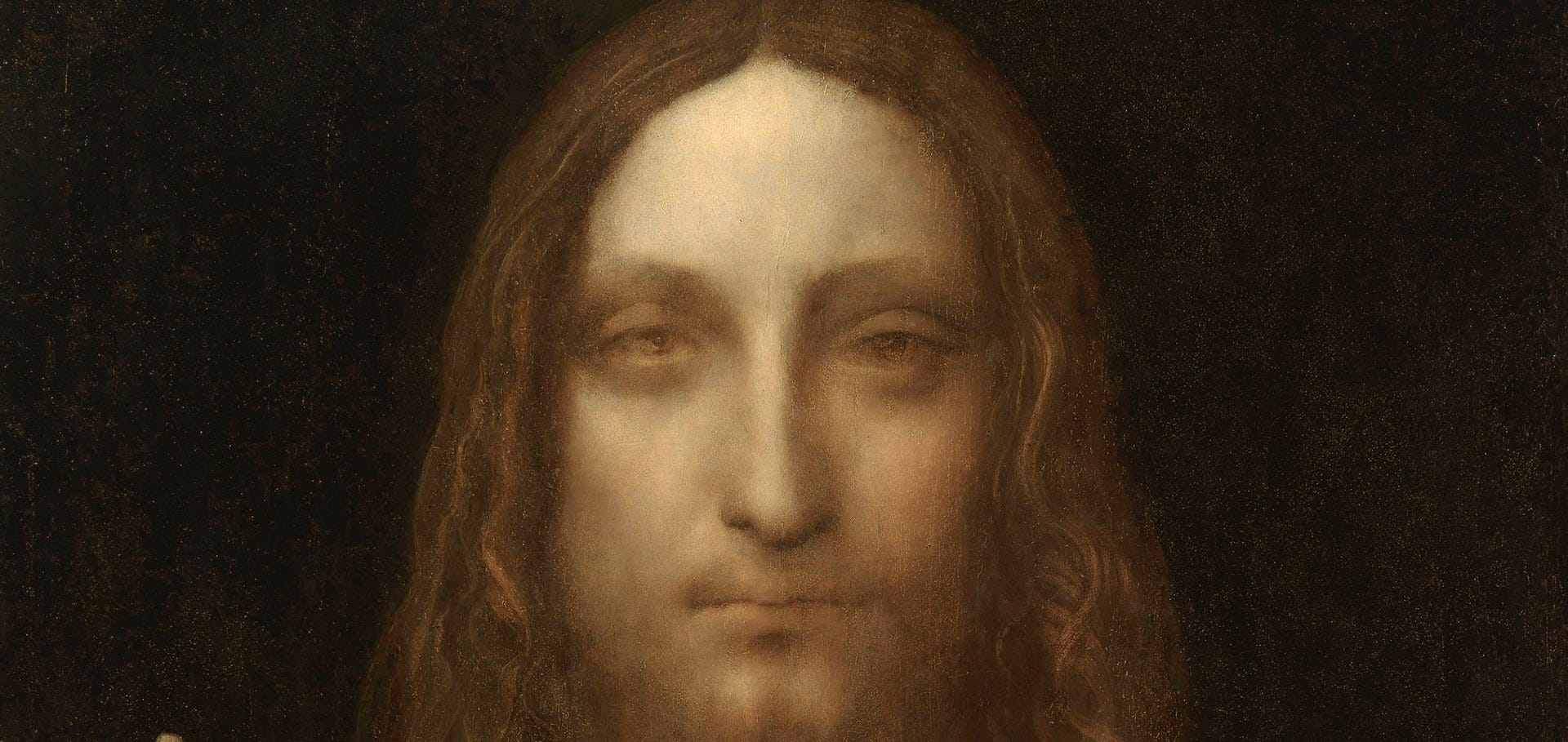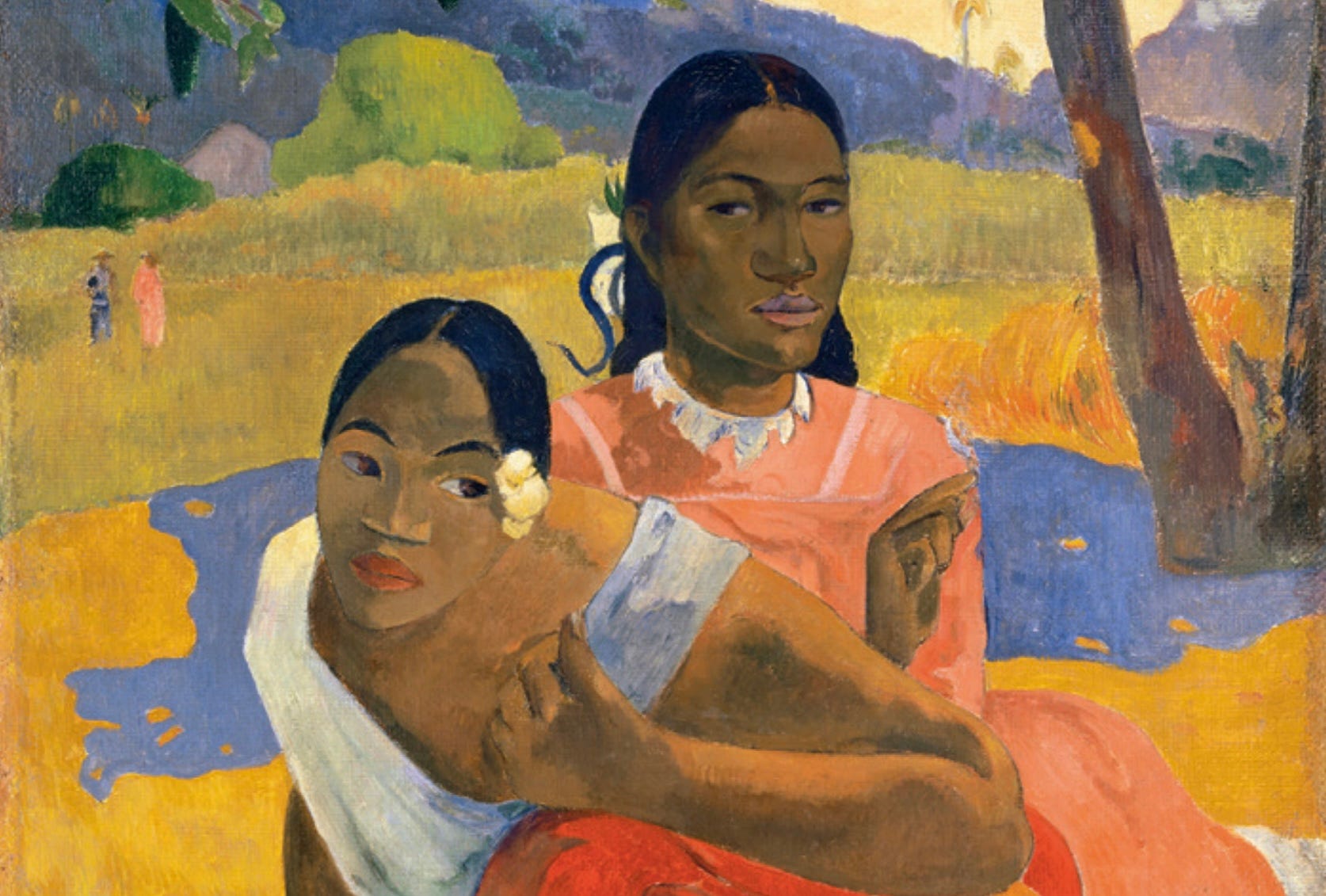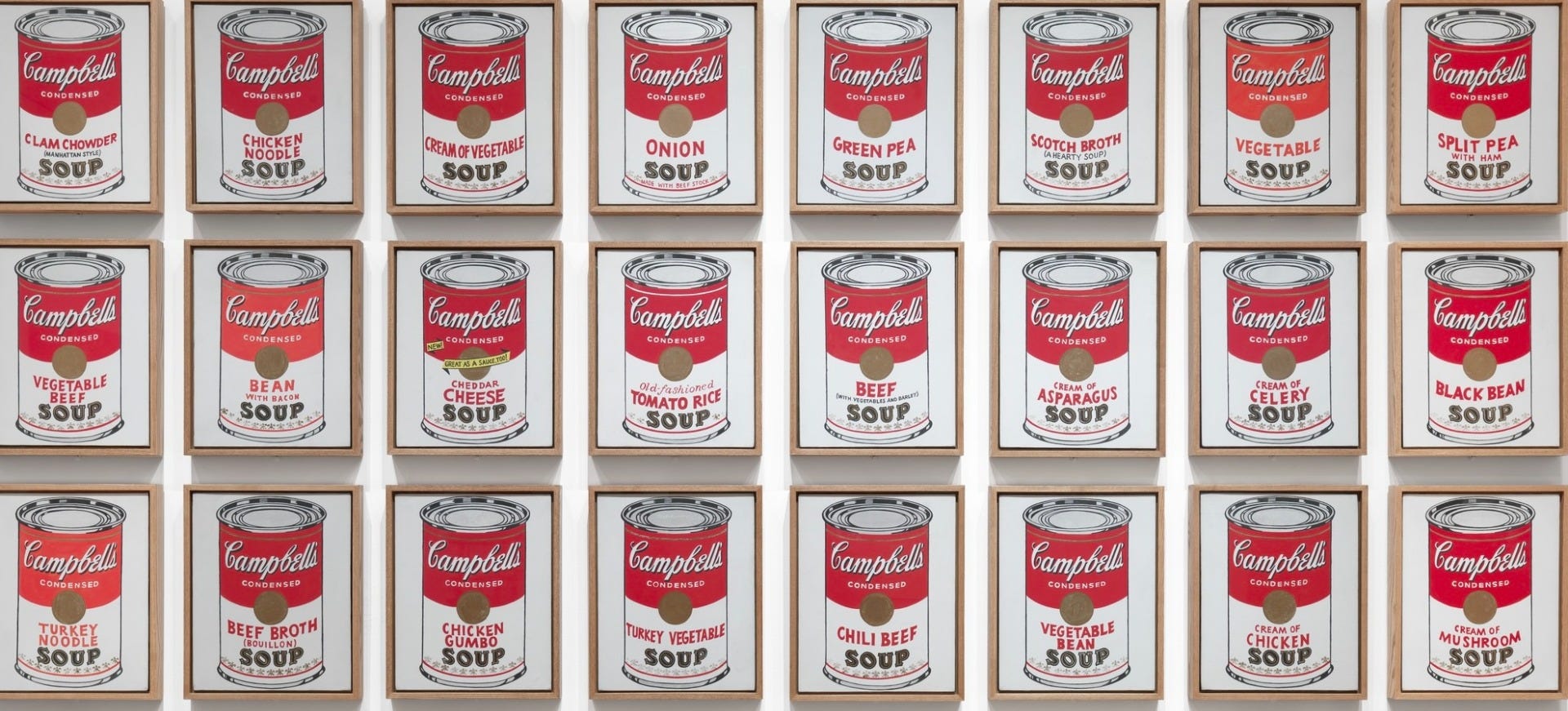The Tortured Artist: Vincent Van Gogh Myth or Reality
- Jul 5, 2023

Image: Vincent van Gogh, “Bedroom in Arles,” 1888.
The origin of "tortured artist" expression
It does not come as a surprise to know that some of the greatest artists we know today have suffered from mental illness. As their world of pain and suffering, from extreme poverty to loss, meets a paintbrush or a camera, these artists used their mental illness to their advantage to paint us a picture mirroring exactly what they were dealing with mentally. A picture is worth a thousand words. A tortured artist transformed his suffering into monumental works of art that tell a familiar modern story that we all know today.
The tortured soul of an unwell person who simply used the only resources he had to express how he saw the world. The paintings that bless the halls of the Vincent Van Gogh museum in Amsterdam bring us closer to the artist who paved the way for the many post-impressionists who followed. Today we look at the beautiful dark life of the tortured artist who gave the stars at night a different meaning for years to come and try to understand the tortured soul of Vincent Van Gogh.
Historic evolution of the expression "tortured artist"
The ancient Greeks
If you've never heard the term, a tortured artist is a stock character and real-life stereotype who is in constant torment due to frustrations with art, other people, or the world in general. This was dated back to the likings of Plato, the Athenian philosopher, the first to suggest that tortured artists were something special. In some of his works we could see the words transferred an image of someone mentally unstable or unsettling, he wrote that madness was "a gift of heaven" while "sober sense is merely human".
To ancient Greeks, madness was a state of otherworldliness that could be brought on by divine or demonic forces. Demonic madness, unsurprisingly, was thought bad, and its signs were likely like the signs of mental illness today. But divine madness was a very different thing, and likely very similar to our notion of being in a flow state or being in-the-zone.
The Greeks just believed this creative intensity had a divine origin. The Greeks saw divine origin just about anywhere they looked. The tortured artist was in constant torment, often overwhelmed by own emotions and inner conflict, feeling alienated and misunderstood, at times demonstrating self-destructive behavior, with underlying mental health issues.
But is this concept of the tortured artist a myth or an actual scientifically studied phenomenon? According to some scientists, yes. Very much real, neurologists have suggested that most of the time, illnesses such as schizophrenia or bipolarism, or any form of psychosis that affects the temporal or frontal lobe of the brain, relate to genetic cognitive disinhibition. This usually allows the person to have spouts of creativeness, that I can only imagine awfully tries to mimic what the damaged part of their brain is experiencing.
The Romantic Era
Going back to the concept, the Romantic era (1800-1850) was a time when artists of all stripes believed that their art needed to be a free expression of their emotions.
Art was subjective, personal, and often mystical. Profound truths came from madness. The world looked at insane artists as geniuses and heroes because they skated to the far edges of emotional response and then kept on going. Artists are more likely than many non-artists to reveal personal experiences in their work, so if mental illness has been a part of the tortured artist's life, it is more likely to show up in their work. We know that artists are more likely to reveal personal experiences in their art, so we are more likely to be curious about their personal histories than we are for non-artists.
In comes Vincent van Gogh, who's life and artwork defied many standards at the time of his death.
Van Gogh, the tortured artist's early life
Vincent van Gogh was born on March 30th, 1853, just as the intensity of the Romantic era was starting to wane. He was the third Vincent, after both a grandfather and a brother who had died at birth a year earlier. Born in Groot-Zundert, Holland to upper-middle-class parents, Vincent's father was a pastor in a Dutch Reformed church; he had five siblings—two brothers and three sisters. He was close to only one of them, his brother Theo. In fact, Theo supported Vincent financially after Vincent tried and failed at many different careers: teacher, bookstore clerk, art dealer, and missionary. We know a little about Vincent's early years other than that he was a quiet child with no obvious artistic talent. He himself would later look back on his happy childhood with great pleasure.
Van Gogh received a fragmentary education: one year at the village school in Zundert, two years at a boarding school in Zevenbergen, and eighteen months at a high school in Tilburg. In 1869, at sixteen he began working at the Hague gallery of the French art dealers Goupil et Cie., in which his uncle Vincent was a partner.
He began to write to his younger brother Theo, a correspondence which continued for the rest of Van Gogh's life.
Van Gogh's job took him to London and Paris, but he didn't like the work and was dismissed in 1876. He briefly became a teacher in England, and then, deeply interested in Christianity, a preacher in a mining community in southern Belgium.
Art career and style transition
In 1880, at the age of 27, he decided to become an artist, which no one, not even himself, suspected that he had extraordinary gifts. He painted many self-portraits in this decade.
His evolution from an inept but impassioned novice into a truly original master was remarkably rapid. He eventually proved to have an exceptional feel for bold, harmonious color effects, and an infallible instinct for choosing simple but memorable compositions. He moved around, teaching himself to draw and paint while also receiving financial support from Theo.
The Paris period
In 1886, the tortured artist Van Gogh joined Theo in Paris and met many artists including Degas, Toulouse-Lautrec, Pissarro, and Gauguin, with whom he became friends. His style changed significantly under the influence of Impressionism, becoming lighter and brighter. In order to brighten it up, he began painting still lifes of flowers.
The search for his own idiom led him to experiment with impressionist and post impressionist techniques and to study the prints of Japanese masters. Within two years Van Gogh had come to terms with the latest development and had forged his own, highly personal style. At the beginning of 1888, Van Gogh, now a mature artist, went south to Arles, in Provence, where he at last began to feel confident about his choice of career. He set out to make a personal contribution to modern art with his daring color combinations.
The landscape around Arles swept the tortured artist away. In the spring he painted numerous scenes of fruit trees in blossom, and in the summer the yellow wheat fields. Although he had some difficulty finding models, he did make portraits, among which were those of the Roulin family. It was typical of Van Gogh's faith in his own abilities that he decided not to try to sell any work yet but to wait until he had thirty top-class pictures with which he could announce himself to the world.
He cherished the hope that several other artists would come and join him in Arles, where they could all live and work together. The idea seemed to get off to a promising start when Gauguin arrived in October 1888.
Tortured artist's signs of mental illness
Towards the end of the year, however, his optimism was rudely shattered by the first signs of his illness, a type of epilepsy that took the form of delusions and psychotic attacks, the first of eight episodes or "crises", as he referred to them. Experiencing extreme anxiety, memory loss, and partial paralysis.
It was during one of those seizures that he cut off his left earlobe and went to the asylum. After his third episode, in April 1889 he admitted himself to a mental hospital in the nearby town of Saint-Rémy-de-Provence. Meanwhile, he was consistently cheerful and productive, working on over 150 paintings in the last year of his life.
Tortured artist, Van Gogh's ability to remember and correctly reproduce what he saw remained unimpaired, but the efforts of sustained work were more likely to be disrupted by the effects of his illness than when he was wandering around the countryside, surrounded by the beauty of nature, who did not mind seeing him, alone with his imagination.
His final painting is believed to be a depiction of a church in Auvers-sur-Oise.
In conclusion, it is easy to say that Van Gogh's period of madness is what made him a great artist. His painting reflects the true "demon" of his tortured artist.









